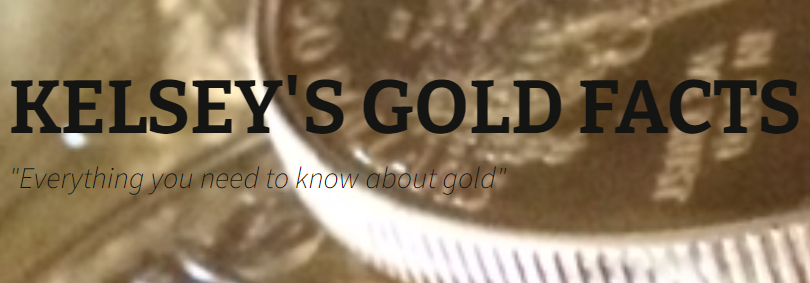Gold Price if the Fed Doesn’t Cut
With the increasing gold price of late comes the assumption that the expected cut in interest rates will open a torrent of cheap money that will bring the U.S. dollar down with a thud. But, what would happen to the gold price if the Fed doesn’t cut interest rates?
What seemed like a universally expected event may not be as likely as some have assumed. In fact, the Fed has a history that includes examples of pivots and re-pivots; or, ignoring the presumed pivot and staying the course.
You can read more about the possibility that the Fed might not cut interest rates in my article Investors Are Too Anxious For Rate Cuts.
In this article we will address the implications for gold if the Fed doesn’t cut interest rates. It matters not what the reasoning is behind such a possibility. What matters is that much of what has happened to prices for gold, stocks, bonds, etc., is based on the presumption that several interest rate cuts are forthcoming, possibly before the end of the year. Hence, there is a potential shock for investors who have relied on that presumption, as well as the particular logic mentioned in our opening paragraph above, should the Fed not follow through.
Implications and Possibilities
Ignoring for now the finer (and more critical) point of inflation-adjusted returns, both gold and stocks are at all-time highs. What might happen to gold if a “potential shock” becomes a reality? It depends.
To the extent that a more significant portion of money used to fund the purchase of gold recently was done so based on the presumed cuts in interest rates and a clear change in direction, then we could see a significant decline in the gold price; at least temporarily. This might also happen if interest rate cuts are delayed. Market participants in both stocks and gold would likely see any inaction or hesitancy by the Fed regarding interest rate cuts as negative for their investment outcomes and expectations.
Another possibility is that any effects on the gold price could be muted. That has more to do with other factors, not interest rates. For example, if the prevailing thoughts dominant in the minds of those placing a larger portion of the money flowing into gold is not based on concern about interest rates, rather on anything else, then it is entirely possible that the gold price might show little reaction to non-cuts in interest rates.
Other Factors, Summary
Some buyers in the gold market are not thinking so much about interest rates. Their concerns have more to do with the continual loss of purchasing power in the U.S. dollar. The erosion of U.S. dollar purchasing power is the result of ongoing inflation, which is the intentional debasement of money by governments and central banks. The continuous expansion of the supply of money and credit for more than a century has resulted in a dollar which has lost ninety-nine percent of its purchasing power.
Over time the gold price is historically correlated to that decline in the purchasing power of the dollar. Gold is real money and a long-term store of value.
Whether buyers of gold are individuals (retail investors), speculators, hedge funds, governments, or central banks; and whatever the reasoning behind their purchases, which reasoning is quite often temporary; in the end, it is still all about the U.S. dollar. (also see U.S. Dollar Best Of The Worst; Gold Best Of The Best)


